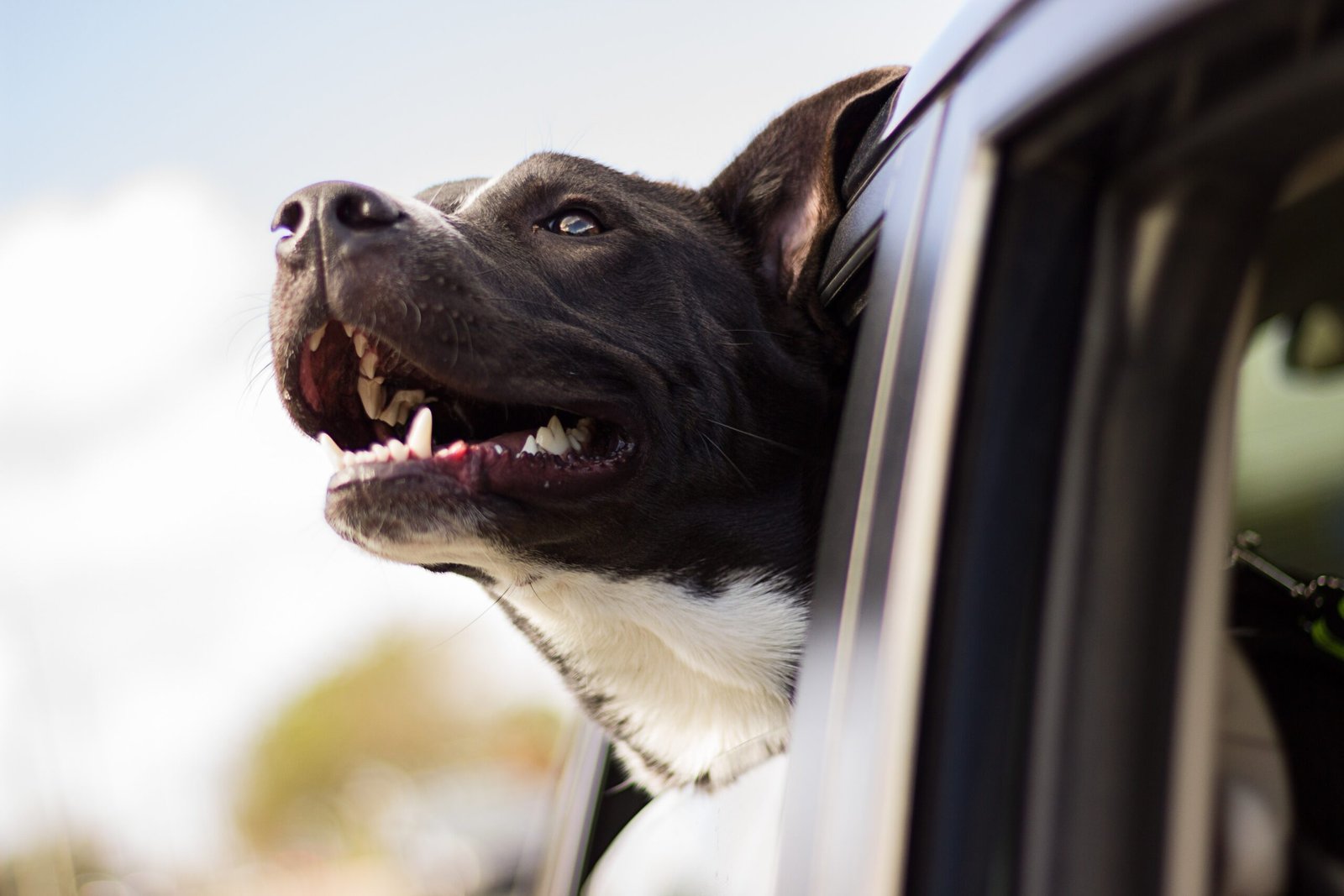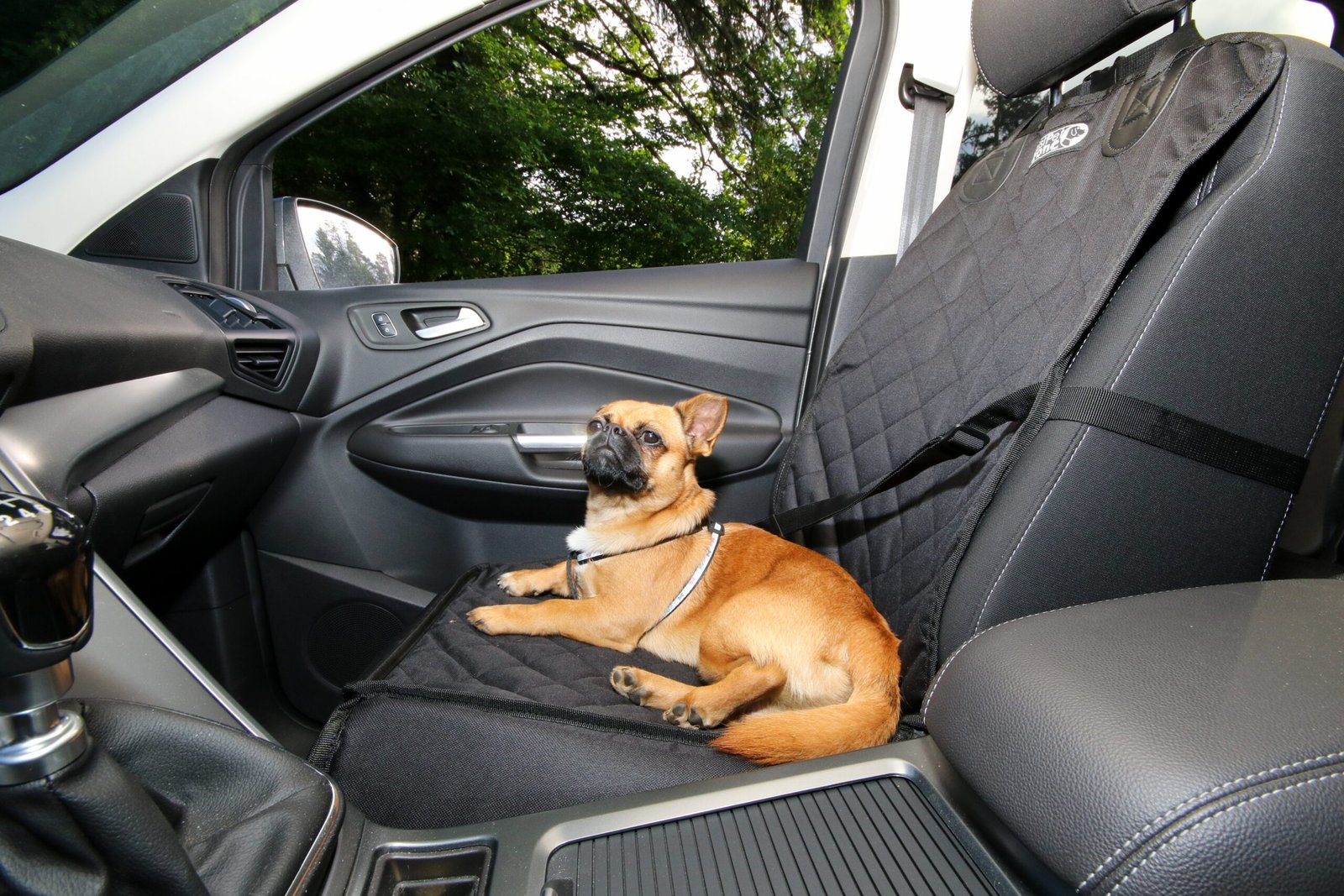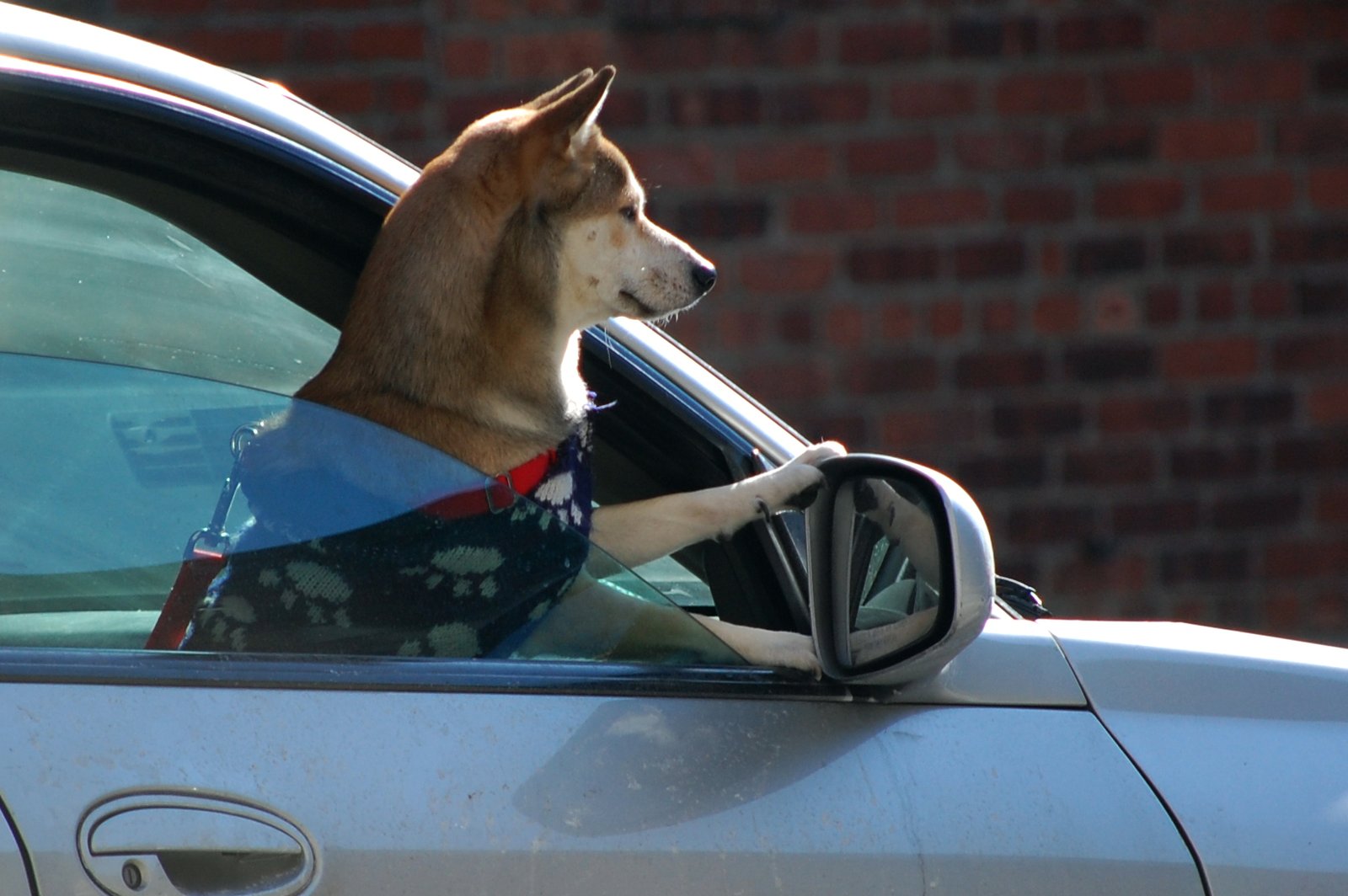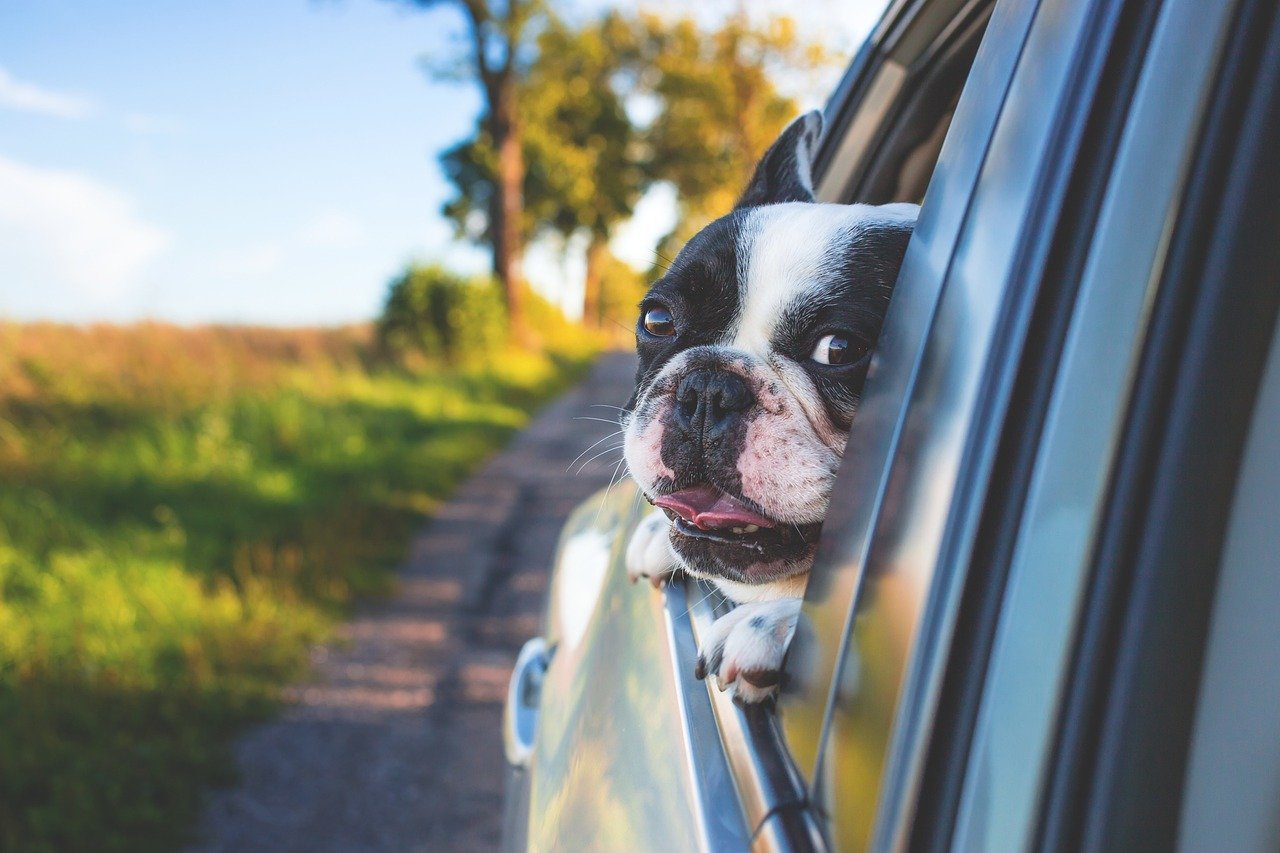Going on road trips with your furry friend should be an enjoyable experience for both you and your dog. However, for some dogs, car rides can be a source of anxiety and fear. Understanding how to help your canine companion overcome this fear can transform your journeys together into pleasant adventures. Dogs, much like humans, can have different triggers or past experiences that make them uneasy in cars. By identifying the root cause and addressing it with patience and love, you can help your dog feel more at ease. In this article, we’ll explore practical strategies to support your dog in conquering their fear of car road trips.
Understanding the Root of the Fear

For many dog owners, road trips are an exciting opportunity to explore new places with their furry companions. However, not all dogs share this enthusiasm—some experience intense fear and anxiety when it comes to car rides. Whether it’s trembling, whining, drooling, or even refusing to get in the car, a dog’s fear of road trips can make travel stressful for both pet and owner. Understanding the root causes of this fear and implementing gentle, effective strategies can help ease your dog’s anxiety and turn car rides into a more enjoyable experience.
Before addressing your dog’s fear, it’s vital to understand what might be causing it. Dogs may associate cars with negative experiences, like trips to the vet or past traumatic events. Others might feel motion sickness, which can make even short rides distressing. Observing your dog’s behavior can offer clues. Do they start shaking when they see the car or only once inside? Identifying these patterns can help tailor your approach. Remember, each dog is unique, and what works for one may not work for another. By getting to know your dog’s specific fears, you’re better equipped to help them.
Gradual Exposure to the Car

One effective way to help your dog overcome their car fear is through gradual exposure. Start by simply spending time around the car without going anywhere. Let your dog sniff and explore it at their own pace. Reward them with treats and praise for any positive interaction with the vehicle. Over time, you can progress to sitting in the car with them. Make these experiences as positive as possible, associating the car with fun and rewards rather than fear. This method requires patience, but over time, it can significantly reduce anxiety.
Creating a Comforting Environment

A car that feels like a safe haven can ease your dog’s anxiety. Consider using a comfortable dog seat or carrier that they associate with safety. Bring their favorite toys or a blanket with familiar scents to make the car feel more like home. Sometimes, playing calming music or using dog pheromone sprays can also help. The aim is to create an environment where your dog feels secure and relaxed. When they associate the car with comfort, their fear will likely diminish over time.
Short and Frequent Trips
Once your dog is more comfortable being in the car, start taking them on short and frequent trips. This step is crucial in helping them get used to the motion without overwhelming them. Begin with brief, five-minute drives and gradually increase the duration. These trips should end in pleasant experiences, such as a visit to the park or a play session. The goal is for your dog to associate car rides with positive outcomes, making them more willing to travel in the future.
Reinforcing Positive Behavior

Positive reinforcement is a powerful tool when helping your dog overcome their fear. Reward your dog with treats, praise, or affection whenever they show bravery in the car. This could be as simple as sitting calmly or getting in the car without hesitation. Consistent reinforcement encourages them to repeat these behaviors. Remember, your dog looks to you for cues. If you remain calm and positive, they’re more likely to mirror your demeanor. The more you reward them for being calm, the more confident they will become.
Dealing With Motion Sickness

For some dogs, the fear of car rides might be rooted in motion sickness. Signs include excessive drooling, vomiting, or lethargy during or after a ride. If you suspect motion sickness, consult with your veterinarian for advice. They may recommend specific strategies or medications to alleviate symptoms. Additionally, ensuring your dog travels on an empty stomach and providing fresh air by slightly opening a window can help. Addressing motion sickness can make a world of difference in your dog’s comfort level during car rides.
Seeking Professional Help
If your dog’s fear of car rides is severe and doesn’t improve with at-home methods, seeking professional help might be necessary. A professional dog trainer or behaviorist can offer tailored advice and strategies. They can work directly with you and your dog to address specific fears and anxieties. Sometimes, having an expert’s perspective can uncover hidden triggers or solutions you might not have considered. Remember, seeking help is not a failure but a step towards ensuring your dog’s well-being.
Patience and Consistency are Key
Helping your dog overcome their fear of car rides is a journey that requires patience and consistency. Every small step forward is a victory, and it’s important to celebrate progress, no matter how minor. Consistency in your approach will help reinforce positive associations with the car. Remember, your dog relies on you for guidance, and showing them love and understanding will help them feel secure. With time, dedication, and the right strategies, you and your dog can enjoy many happy road trips together.

Esther is from India; the heartbeat of South Asia, holding a Master’s degree in Zoology and a postgraduate diploma in Animal Welfare. Her enthusiasm for animal welfare drives her passion and dedication to working for animals, ensuring their well-being, and advocating for their rights. With a solid academic background and hands-on experience, she is committed to making a positive impact in the field of animal welfare. In her free time, she enjoys embroidery and sewing. As a Chennaite from Tamil Nadu, Esther loves Bharathanatyam, an Indian classical dance form.






